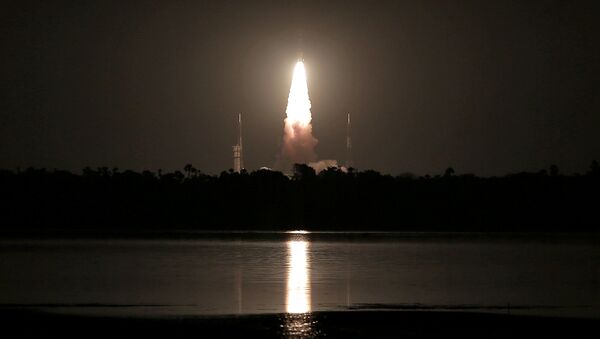Chandrayaan-2's launch, scheduled on 15th July at 2:51 a.m. was called off due to a technical snag around one hour before launch. An expert committee was gathered to analyse the issue and suggest a fix.
"The expert committee identified the root cause of the technical snag and all corrective actions are implemented. Thereafter, the system performance is normal", ISRO added.
Chandrayaan-2 launch, which was called off due to a technical snag on July 15, 2019, is now rescheduled at 2:43 pm IST on Monday, July 22, 2019. #Chandrayaan2 #GSLVMkIII #ISRO
— ISRO (@isro) July 18, 2019
Earlier, the local media, quoting officials at ISRO, reported that the snag was noticed when the cryogenic fuel was being loaded.
"The technical snag was noticed during the cryogenic fuel being loaded. We have to approach the vehicle to assess the problem. First, we have to empty the fuel loaded in the rocket, then the rocket will be taken back for further investigation", news agency IANS quoted a source as saying.
India's Chandrayaan-2 mission was to send an orbiter, lander, and rover to the lunar South Pole. The Chandrayaan-2 will be carrying 13 Indian payloads in addition to a “passive” experiment from the US’ National Aeronautics and Space Administration (NASA) known as the Laser Retroreflector Array (LRA).
As for the payloads, eight will be held on the orbiter, three on the lander, and two on the rover.
The mission's primary objective is to demonstrate the agency’s ability to carry out a soft landing on the lunar surface and to operate a robotic rover there. ISRO officials have indicated that the mission will include studies of lunar topography, mineralogy, elemental abundance, the lunar exosphere and signatures of hydroxyl and water ice.


